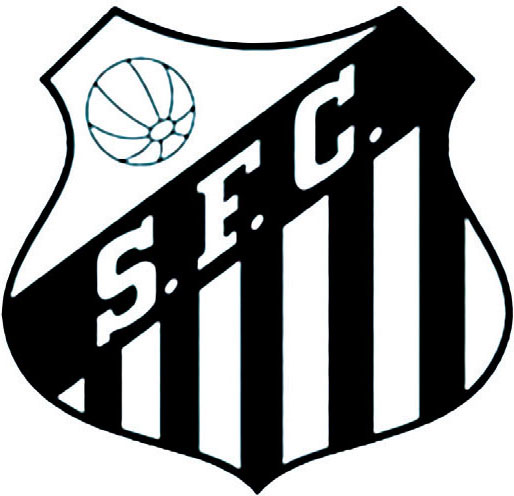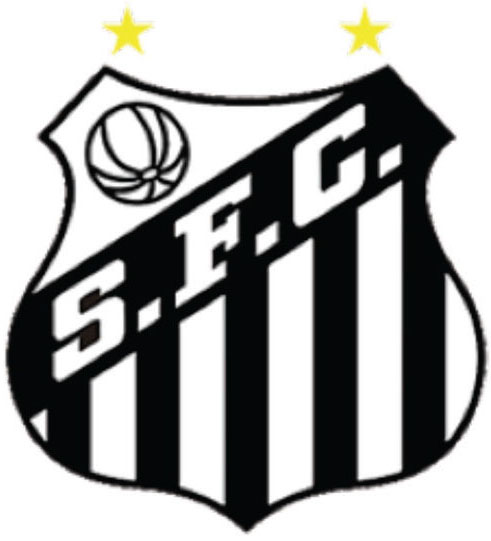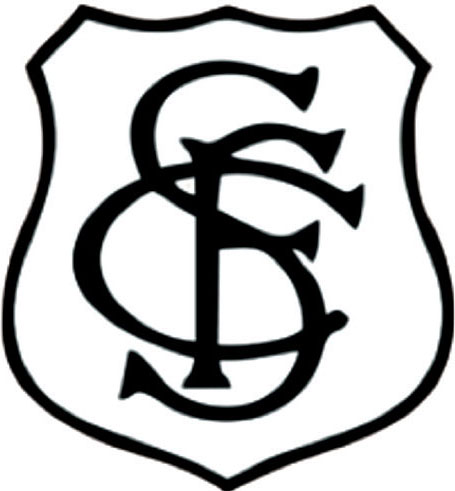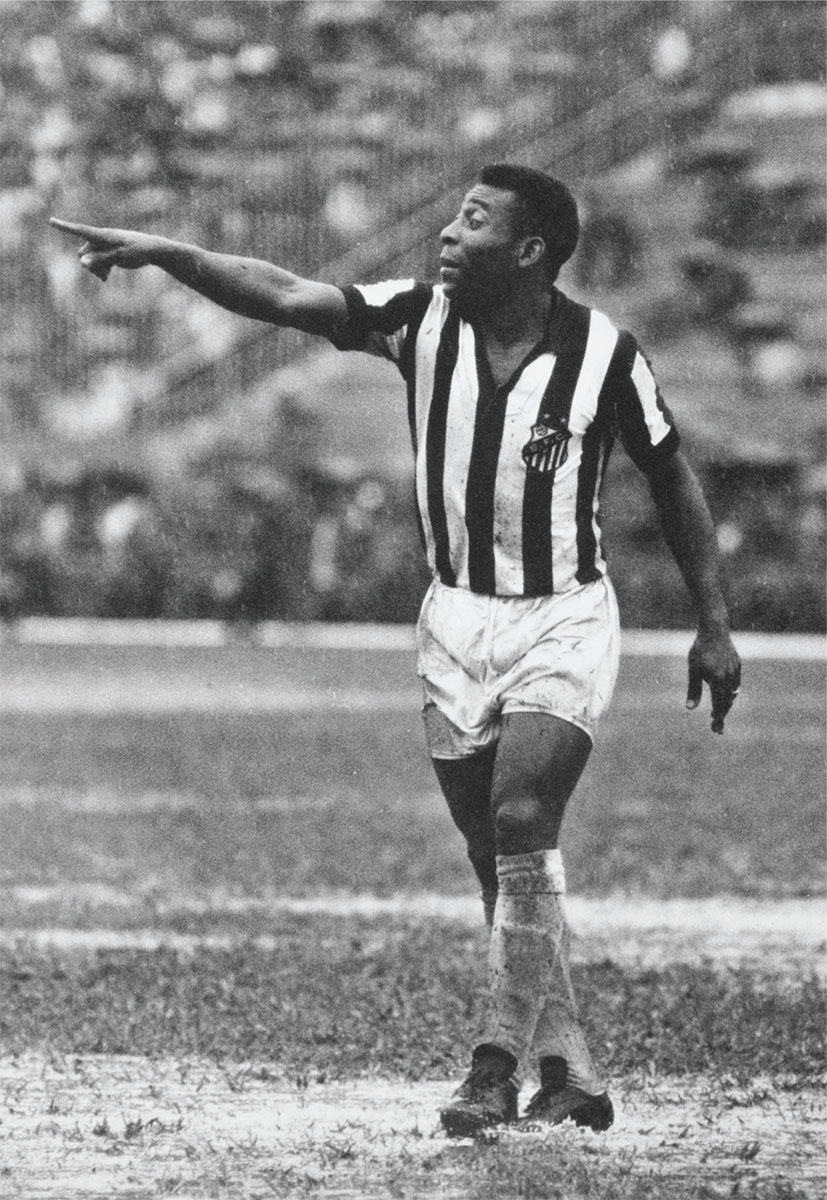
SANTOS FC
THE SANTÁSTICOS
When you discuss Brazilian football, you cannot escape the name of Pelé, the striker who scored 77 goals in 92 appearances for the national team, the icon who guided his country to three World Cups, including Brazil’s first. This took place in Sweden in 1958, when he was just a teenager – a 17-year-old who had emerged from Santos FC.
Pelé put Santos on the map, and vice versa. When he made his debut for the club, he was just 15, and part of the team that would come to be known as Os Santásticos (The Santastics). Alongside other future legends such as Zito, Coutinho and Pepe, Pelé led Santos to unimagined heights. Victory in the regional championship in 1958, Campeonato Paulista, was the first of many titles that Pelé and the club would win together. That season they scored 143 goals, 58 of them Pelé’s – a record that still stands. And so it went on for the unbeatable duo.
Brazilian champions six times, 10 regional titles, two Copa Libertadores titles, and two Intercontinental Cup victories was the final tally for Pelé and Santos when he left the team in 1974. In 1,106 matches he scored 1,091 goals, and with that he has, like Santos, inspired successive generations of world football.
The club have not been quite that successful since then, but another player from the Santos academy, in the shape of Neymar, is now making his own mark on football. A player in the same mould as Pelé, guided by the legend himself, he has again put Santos on the international football map.
CLUB: Santos FC
NICKNAMES: Peixe (Fish), Alvinegro Praiano (The Black-and-Whites from the Beach) and Santástico
FOUNDED: 1912
STADIUM: Éstadio Vila Belmiro, Santos (16,068 capacity)
HISTORIC PLAYERS: Pelé, Pepe, Coutinho, Toninho Guerreiro and Neymar

1915. Although the club was founded in 1912 under the name Santos Foot-Ball Club, it would be another three years before they got their first emblem, under the name União FC – initials reflected in the club’s crest. The reason for the temporary change of name was to allow the club to take part in a tournament in another town. Initially the team colours were white, blue and gold in tribute to Concordia Club, whose premises they had borrowed to found Santos. The colours were soon exchanged for today’s black and white combination because the club experienced problems with the original colour scheme. White was chosen to suggest peace, while black symbolises nobility.

1925–1968. The first version of today’s emblem was created in the 1920s. The 11 black and white stripes represent the team’s 11 players. Like previous logos, the complete name was not spelled out, initials being preferred. The ball in the top left corner is said to come from a crest at the time that the club was founded. This emblem is supposedly an homage to Concordia Club.

1968–present. At the end of the 1960s, the club crest was updated: the font was changed, the ball had sharper contours, and two stars were added at the top. These stars illustrate the team’s successes in the Intercontinental Cup of 1962 and ’63, the same years that they won I Copa Libertadores. All this guided by Pelé, of course. Since then, the club crest has undergone minor, superficial changes to move with the times.

1942–1944. Since today’s crest was introduced in 1925, it has been set aside for only two years and then with this emblem. The focus is on the initials, but here they are interwoven, a style that has always been popular with a number of Brazilian clubs. The supporters didn’t accept the new symbol and it quickly disappeared.

Santos’ most famous son, Pelé in action for the team in 1969. In his 18 years with the club he made 638 appearances and scored 619 goals.